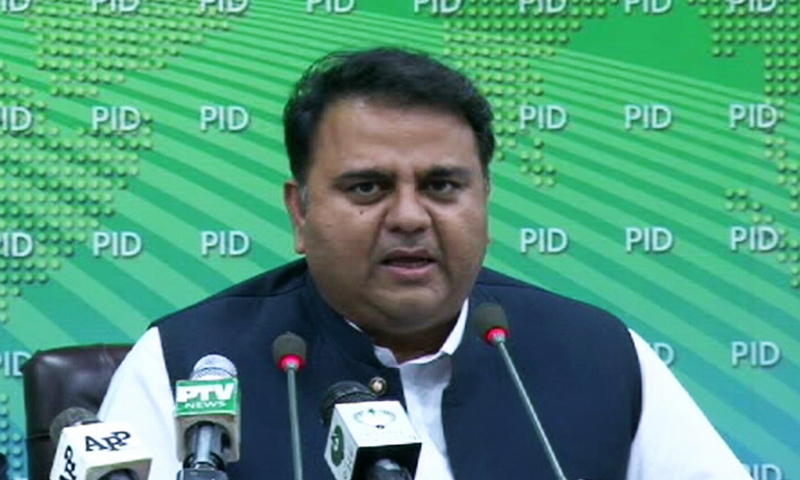مضمون کا ماخذ : Coi đá gà
متعلقہ مضامین
-
ہوائی کی سرکاری تفریحی ویب سائٹ
-
Savior-Sword Rasmi Tafrehi Website
-
Eminent journalist Kamal Siddiqi joins CEJ as director
-
Pakistan hands over prisoners list to India
-
Multan raids lead to 34 arrests, 19 on wanted list
-
No decision made regarding political allegiance: Hashmi
-
کینڈی بونانزا ایپ ڈاؤن لوڈ
-
Tikigoti آفیشل گیمنگ پلیٹ فارم: ایک جدید اور دلچسپ تجربہ
-
موئے تھائی چیمپئن آفیشل گیم کی آفیشل ویب سائٹ: مکمل تفصیلات اور خصوصیات
-
بلیک جیک آئیکونک انٹرٹینمنٹ لنکس کی تاریخ اور خدمات
-
پی جی سافٹ ویئر انٹرٹینمنٹ ٹرسٹڈ ویب سائٹ کی خصوصیات اور خدمات
-
اے ایف بی الیکٹرانک انٹرٹینمنٹ کا آفیشل اے پی پی: تفصیلات اور خصوصیات













